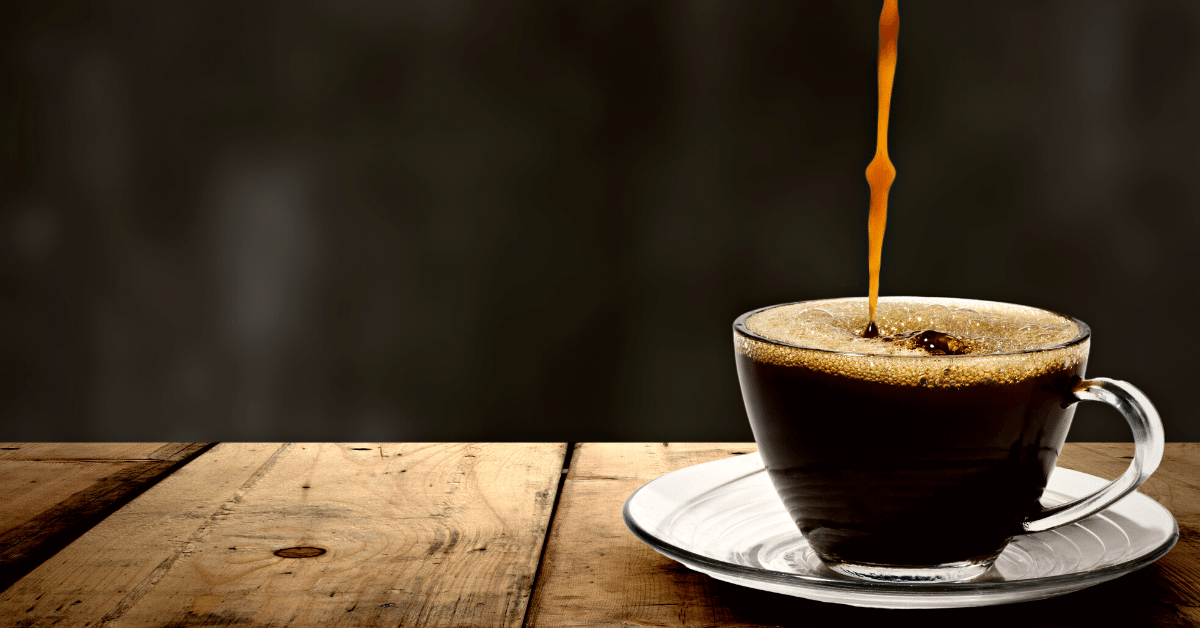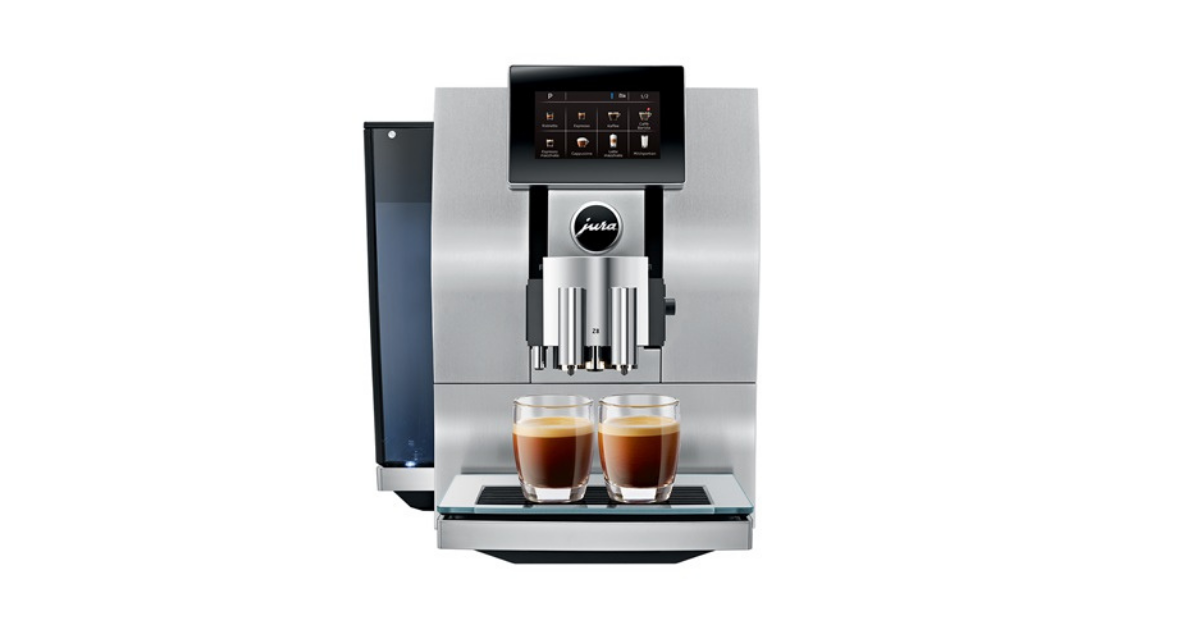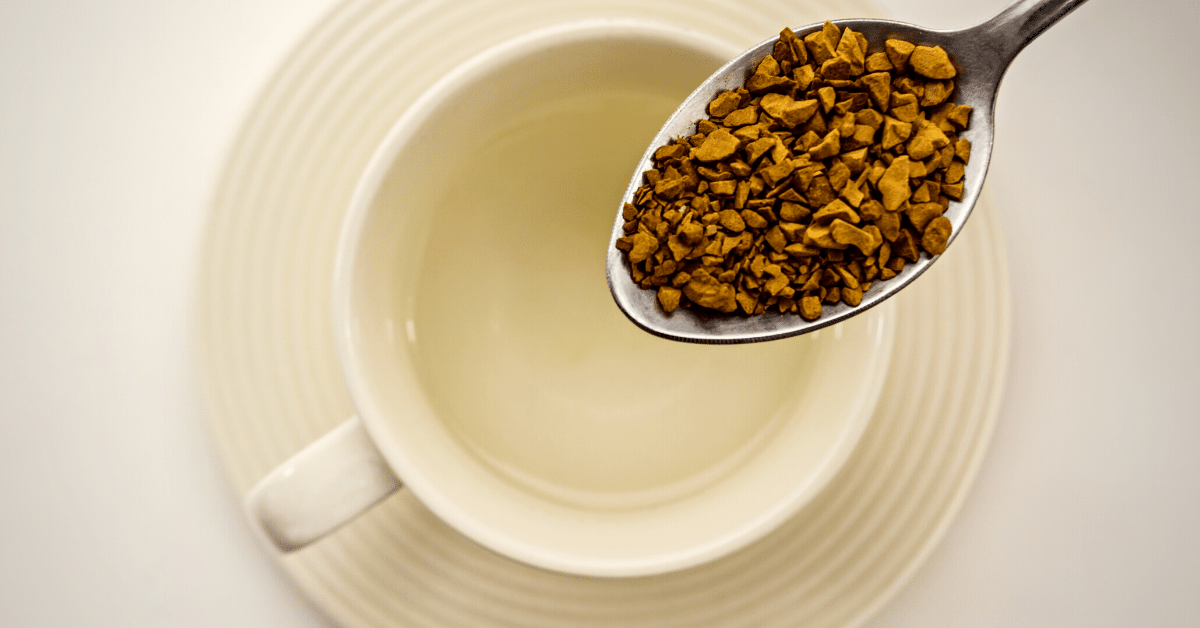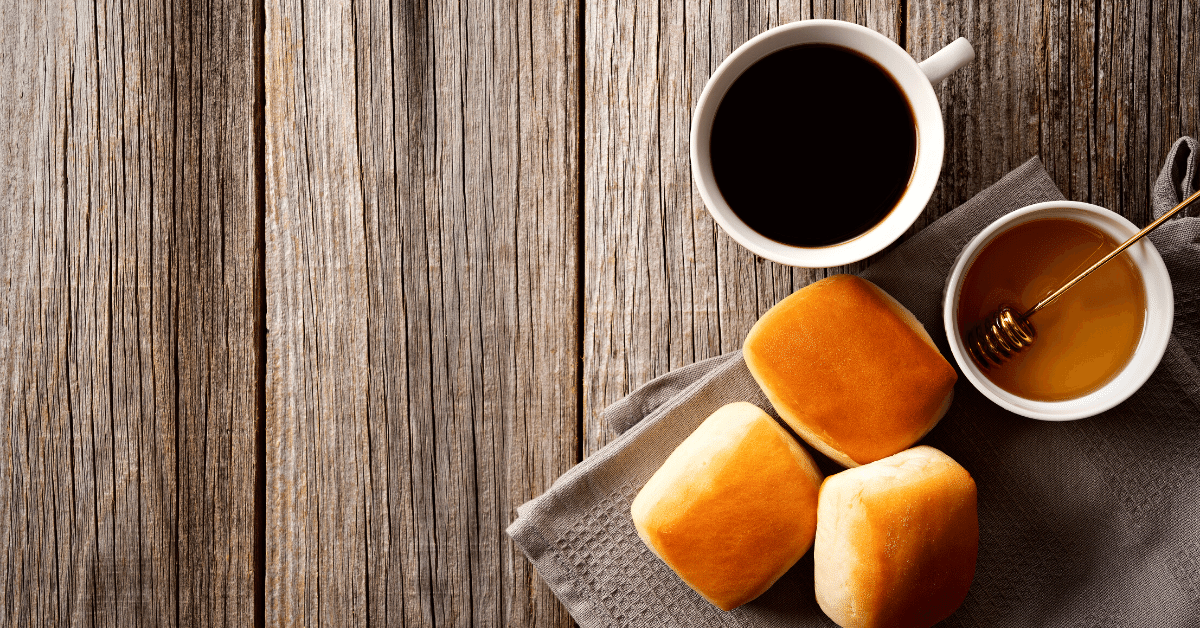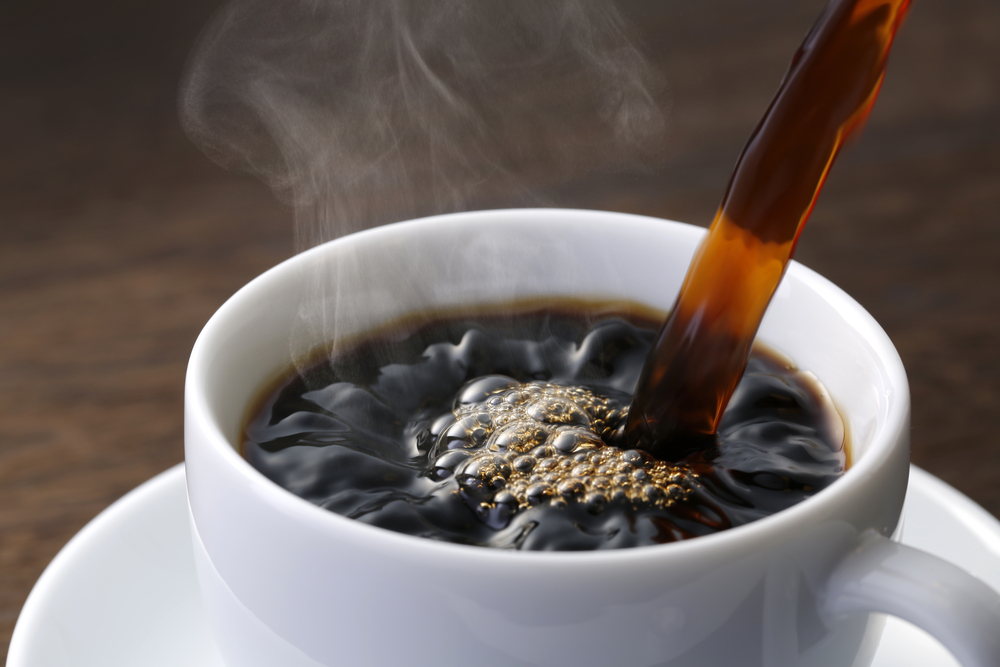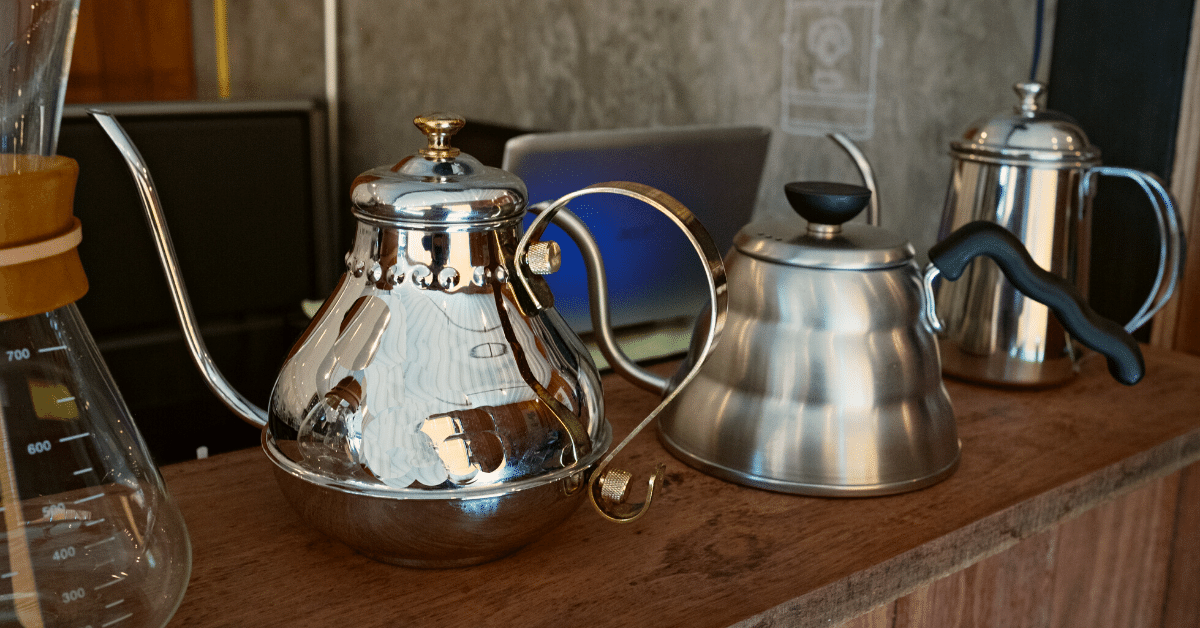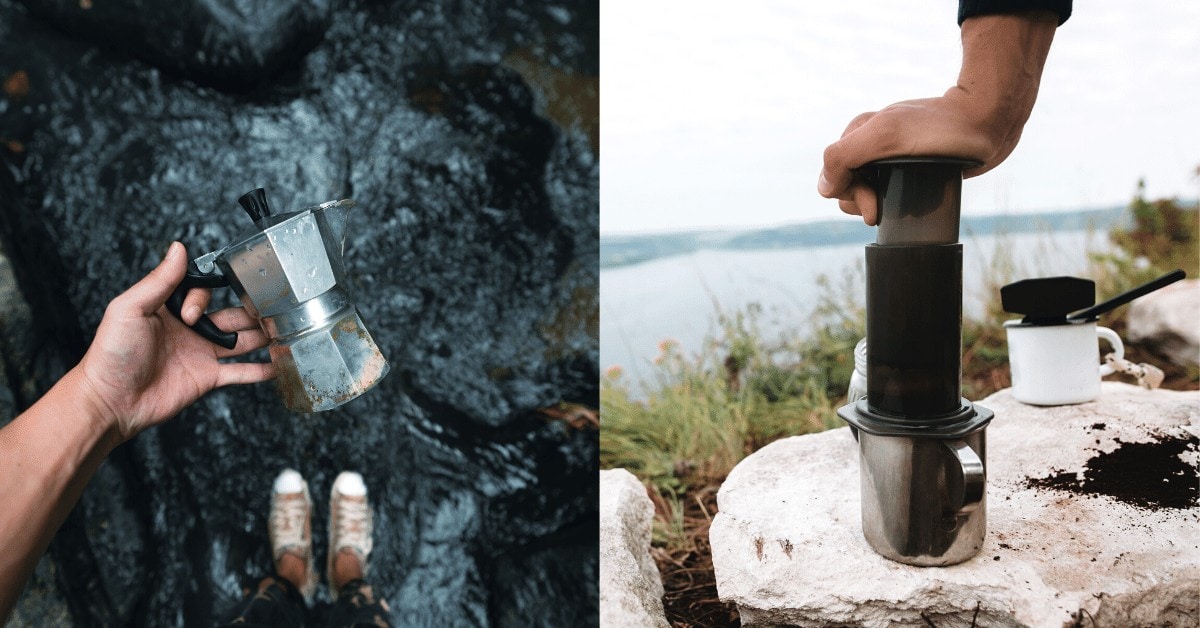How to make coffee thicker? Jump into our guide and learn different ways to make your coffee thicker and more enjoyable for your palate.
Dishwater, duck coffee, Slumgullion – this is what weak coffee is called in different regions of the States.
It’s clear that many people don’t like thin coffee.
But do you actually know how to make coffee thicker?
Don’t worry if you don’t, because that’s what we’re going to talk about today.
I’ve gathered all the methods I’ve tried in a single article, so go ahead and make your pick.
Let’s get straight to the point.
11 Ways to Make Thicker Coffee
You can do several things to make your coffee thicker, so something will surely work in your case.
Make Espresso

As you probably know, certain brewing methods make a more concentrated cup of coffee than others.
Yes, I’m talking about espresso.
Espresso uses a 1:2 coffee-to-water ratio, so what you get is a really thick cup of coffee packed with caffeine.
I’m not even exaggerating when I say thick here. If you watch the espresso machine pouring a shot, you’ll notice it has a honey-like consistency.
Now, you can go even thicker if you want.
The drink of choice, in that case, would be a ristretto.
This version of espresso uses the same amount of coffee but slightly less water. So what you get is an even more concentrated (although a bit smaller) shot.
But what if you don’t own an espresso maker?
Well, not all hope’s lost!
While you can’t make a real espresso without a proper coffee maker, what you can make is concentrated coffee using a Moka pot.
The brew you get using this method comes pretty close to actual espresso. It’s intense, bold, and heavy-bodied.
IN A NUTSHELL
The brewing method of your choice affects how thick your coffee ends up being. The most concentrated cup of coffee is made using an espresso machine. But if you don’t own one, a Moka pot can achieve similar results.
Avoid Using a Paper Filter
Coffee beans consist of different compounds. And among them, the oils are most responsible for creating a thicker body.
I mean, it makes sense. Oils are much thicker than water, so naturally, they’ll create a more full-bodied cup.
But, depending on your preferred brewing method, you might not get any oils in your cup of coffee.
Do you know how drip and pour-over coffee is rather clean and light-bodied?
Well, that’s mainly thanks to the paper filters. Paper filters are tightly woven so that they can prevent anything aside from pure liquid from getting into your cup.
That can be both a blessing and a curse.
It’s good that you don’t get sediment in your drink, as you probably don’t want to be spitting out coffee particles constantly.
But the paper filters also prevent coffee oils from getting through. And without oils, coffee is brighter, crisper – and thinner.
So if you want to make a thicker coffee, switch paper filters for metal or cloth ones.
Metal filters allow some sediment through, so what you get is coffee that’s more robust in flavor.
With cloth filters, only oils get inside your cup, but not sediment. The final result is thick but not as bold tasting.
IN A NUTSHELL
The thick weave of paper filters prevents coffee oils from reaching your cup. For a thicker coffee, switch to metal or cloth filters instead.
Make Vietnamese Coffee
Vietnamese coffee is very concentrated and strong, kind of like espresso.
But that’s as far as their similarities go.
First, it’s important to know that Vietnamese coffee is made using a traditional filter named phin.
In a way, this filter is a lovechild of French Press and the Hario V60.
Why is that, you may ask?
Well, because it’s shaped like a mug and placed on top of your cup – just like the V60.
But, the ground coffee is gently pressed down – like with a French press.
However, you don’t actually push the plunger down as you would with a French press. Instead, you let gravity do its job.
The phin is made of metal, so it allows coffee oils to come through. But since you’re using coarse coffee grounds (same as the French press), the particles can’t pass through the filter.
You should also know that Vietnamese coffee is made with Robusta beans. As you probably know, this variety has a rather bold and somewhat bitter flavor, so a pinch of salt is added to the coffee to counteract that.
What’s more, the coffee is also commonly served with condensed milk, which only adds to its thickness.
IN A NUTSHELL
Along with espresso, Vietnamese coffee also uses a 1:2 coffee-to-water ratio, so it’s quite thick and strong coffee. It’s also regularly served with condensed milk, so it has even more viscosity.
Increase Extraction Time
Coffee beans consist of numerous compounds. Some are soluble, while others aren’t.
When making coffee, we aim to get those compounds dissolved into water. Naturally, the more of them get dissolved, the thicker your drink gets.
But as you know, things aren’t as simple in practice.
If they were, you’d just leave the coffee to get extracted indefinitely. But you know that if you do, you’ll end up with a very bitter cup of coffee.
So what can you do?
Well, you can use less water or slightly smaller coffee particles.
Just don’t go overboard. Otherwise, you’ll end up with a horribly bitter cup of java.
IN A NUTSHELL
Under-extraction will result in watery coffee. By adding a few tweaks to your brewing method, you can increase the extraction time and thus make a thicker cup of coffee.
Add Creamer or Condensed Milk

This one is really a no-brainer.
By adding something thick to your regular coffee, such as a creamer or condensed milk, you’ll increase the viscosity of the drink.
However, make sure to be light-handed when adding either of these two to your cup of joe.
First, both of them will alter the flavor of your coffee. And that’s a good thing. But if you add too much, you’ll overpower the actual coffee taste.
Furthermore, both of them can be quite caloric. If you’re watching your daily intake, that’s something to keep in mind.
IN A NUTSHELL
Instead of creamer, you can use some alternatives to make your coffee thicker, such as evaporated milk or even regular milk.
Add Whipped Cream or Heavy Cream
Whipped or heavy creams are also a good option for making a more viscous drink.
Between the two, heavy cream has slightly more milk fat, so it’s a bit thicker.
In both cases, you need to mix the cream into the coffee until it blends all the way.
Add Egg Yolks
Now, I’m aware that this might sound weird. But egg yolks can completely transform your drink, especially when it comes to thickness.
For this, you’ll actually need two things alongside coffee:
- Egg yolks
- 1 tablespoon condensed milk
Whip the egg yolk with condensed milk first. Then, when you get a fluffy mixture, add a cup of coffee to it.
You want to use a strong cup of java. Espresso, Moka pot, and Vietnamese coffee are all good options for this.
Now, you should be aware of the health issues regarding the use of raw eggs. Raw eggs can contain Salmonella bacteria. This is quite dangerous, so you want to use eggs from trusted sources only.
IN A NUTSHELL
By whisking condensed milk and egg yolks together and adding them to brewed coffee, you can make a really creamy cup of java.
Use Darker Roast
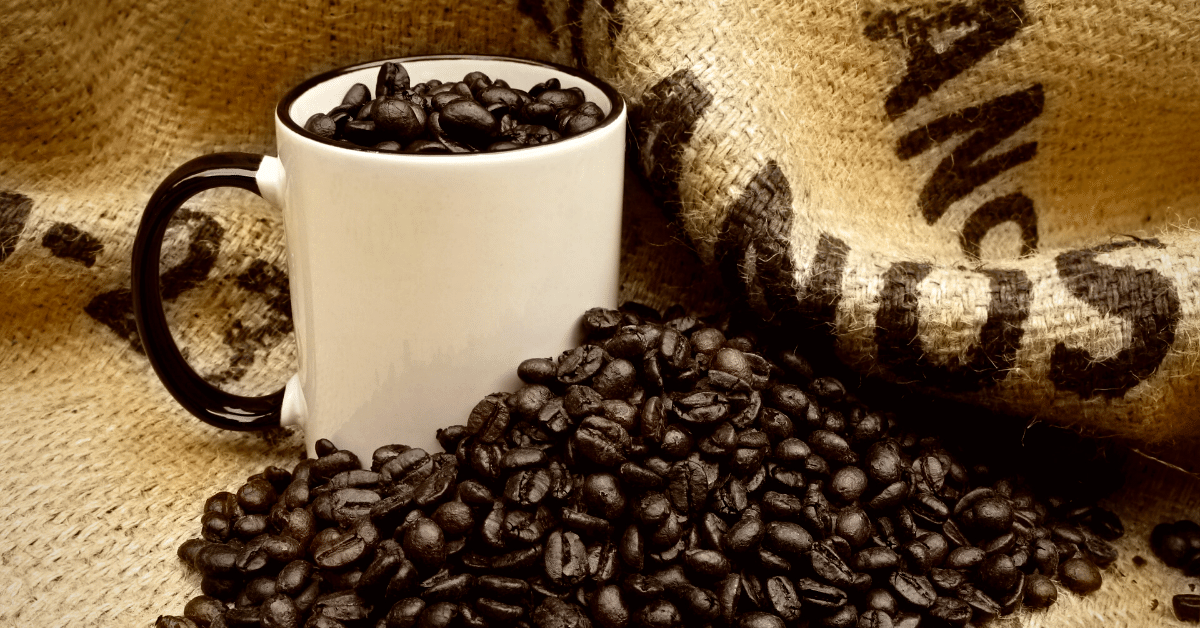
One thing that can make a change is the type of roast you’re using.
Why does it matter, you might ask?
You see, coffee beans contain oils deep inside the beans. The heat exposure throughout the roasting process causes the coffee bean to turn porous. That allows the oils to escape through the pores onto the beans’ surface.
You know how dark-roasted beans tend to be more oily on the exterior? This is why.
Now, since the oils are out, they easily get inside your cup.
For that reason, coffee brewed with dark roast has a thicker body than light roast.
IN A NUTSHELL
Dark-roasted beans are more oily, and in turn, they make your coffee drink more full-bodied.
Choose Full-Bodied Coffee by its Origin
Coffee is grown all over the globe. But the beans from different parts of the world don’t taste the same.
That’s because some factors play a huge role in the flavor profile, including the type of soil and altitude.
Well, you can use that to your benefit.
You see, coffee beans that are grown at high altitudes grow slower, thus developing a more complex flavor profile and rich body.
The same goes for coffee beans grown in volcanic soil.
For that reason, you want to aim for coffee grown in such regions.
But you don’t always get that information on the packaging, especially when it comes to coffee that you can buy at grocery stores.
Instead, you’ll have to read the fine print. Many labels have at least some way to describe coffee. So look for those that say it’s something along the lines of:
- Full body
- Bold profile
- Dark, chocolaty notes
- Smoky flavor
As you can see, all of those words kind of imply the coffee you’re drinking is thick and heavy.
IN A NUTSHELL
The origin of coffee beans also plays a role in how thick the coffee is when brewed. Look for coffee grown in volcanic soil or at high altitudes.
Add Cornstarch or Potato Starch
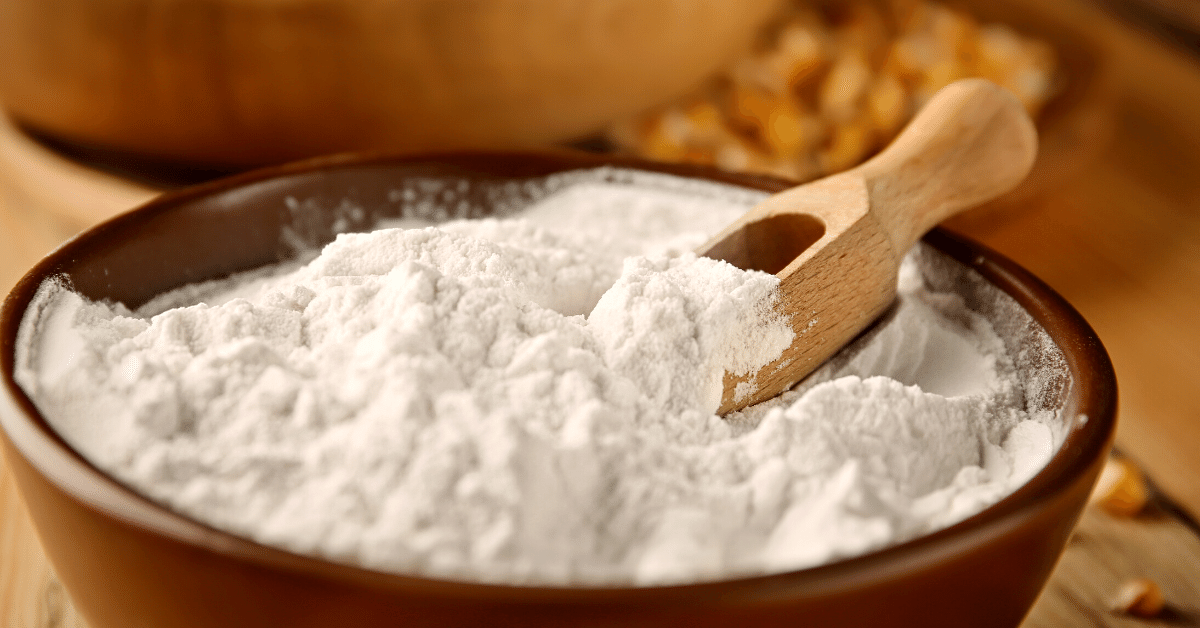
As you may know, starch can change the thickness of any liquid. So why should coffee be any different?
However, you should keep in mind that starch has a bit of flavor to it. So adding it to coffee can affect the overall taste.
Now, to use this, you’ll need to blend it with coffee. For that reason, you don’t want to use the type of coffee that has layers, like espresso, for instance. But pour-over or drip coffee will do.
What you get is a nice, velvety drink that has a latte texture.
Add Xanthan Gum
Xanthan gum is yet another great cooking ingredient for creating a thicker mixture. And it will work just as well with coffee.
In fact, you’ll find this ingredient in every frappe at Starbucks. It’s their key to making thick drinks.
Now, you only need a small amount to make a thick cup of coffee. About 0.1% is actually more than enough. That’s great, as it won’t affect the overall taste of your coffee too much.
To mix it properly, you should use a blender. You can beat it by hand if you want, but rest assured you’ll have to put in quite some effort if you want to achieve a uniform concoction.
Thick Coffee Recipe

Ready to make a thick cup of java at home?
Today, I’ll share with you my personal favorite – Dalgona coffee.
This recipe has been around for quite a while, but it really blew up on social media in the last few years. And not without reason.
This coffee looks delicious – but the taste is even better. It’s smooth, velvety, and sweet, and it’s something between a drink and a dessert.
Dalgona coffee is also known as the x400 drink. According to the inventor, it takes that many beatings by hand to make this whipped coffee.
But don’t worry. If you own a mixer, you won’t have to do that manually.
Here’s what you need for Dalgona coffee:
- 2 tbsp of instant coffee
- 2 tbsp of sugar
- 2 tbsp of hot water
- Milk and ice for serving
And here’s what you need to do:
- Add instant coffee, sugar, and hot water to a bowl.
- Mix the ingredients using a mixer on high speed until stiff peaks start to form. This should take about 2 to 4 minutes.
- Alternatively, if you’re whisking by hand, you’ll have to do that for about 8 to 12 minutes to reach the same consistency.
- Fill the cup with ice and add milk until you’re ¾ of the way. Then, pour the coffee cream over it.
That’s it. It takes a bit of effort, but it’s well worth it.
To Sum Things Up
If you prefer a thicker coffee, there are several things you can do.
From using different types of beans or brewing methods to adding ingredients to your cup, the list is quite long. Some of them also affect the flavor, while others only add subtle changes to the drink.
I know that some of them (egg yolks????) might sound odd, but try them out before writing them off!
Want to make your coffee sweeter? Here’s everything you need to know about using powdered sugar in coffee.

